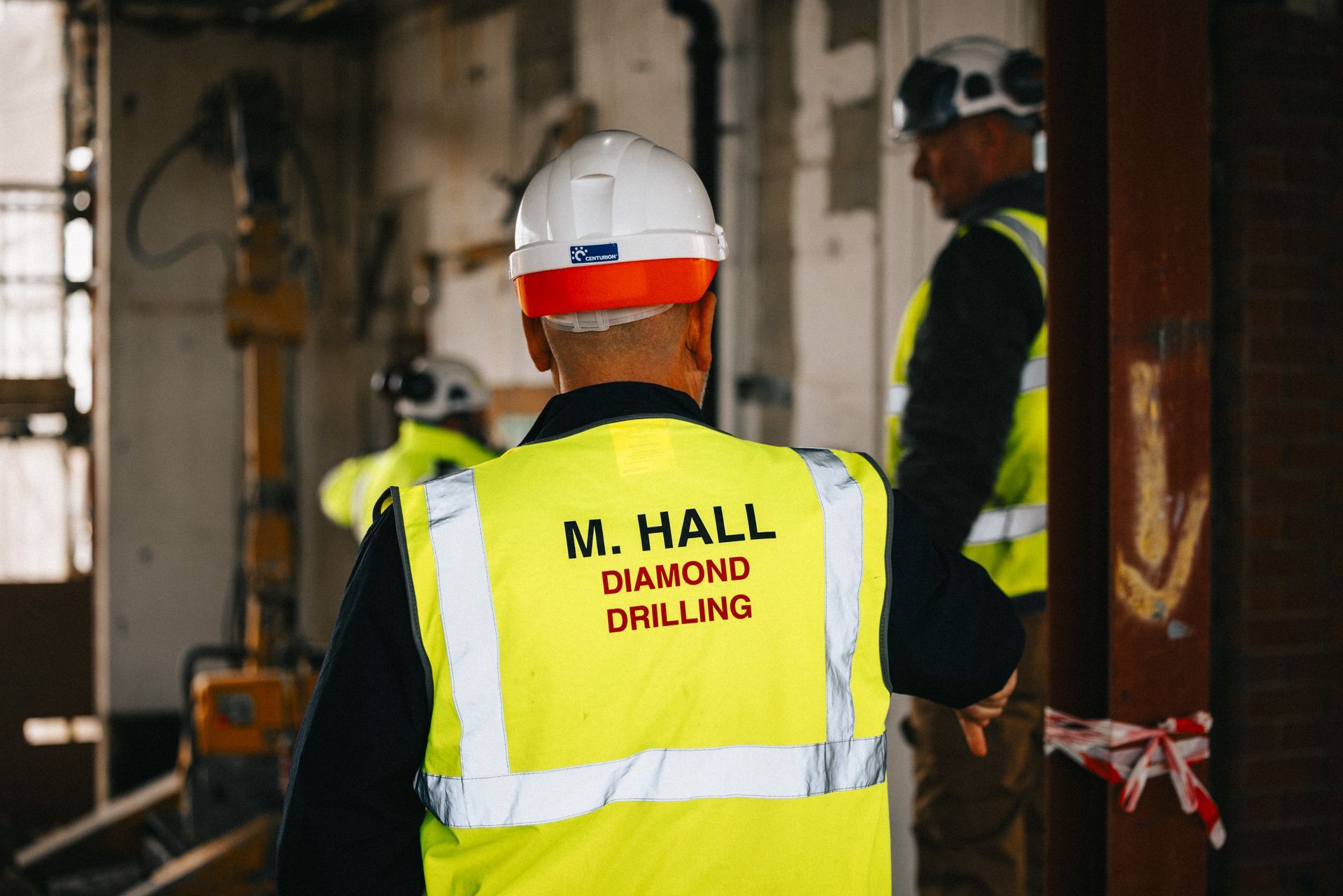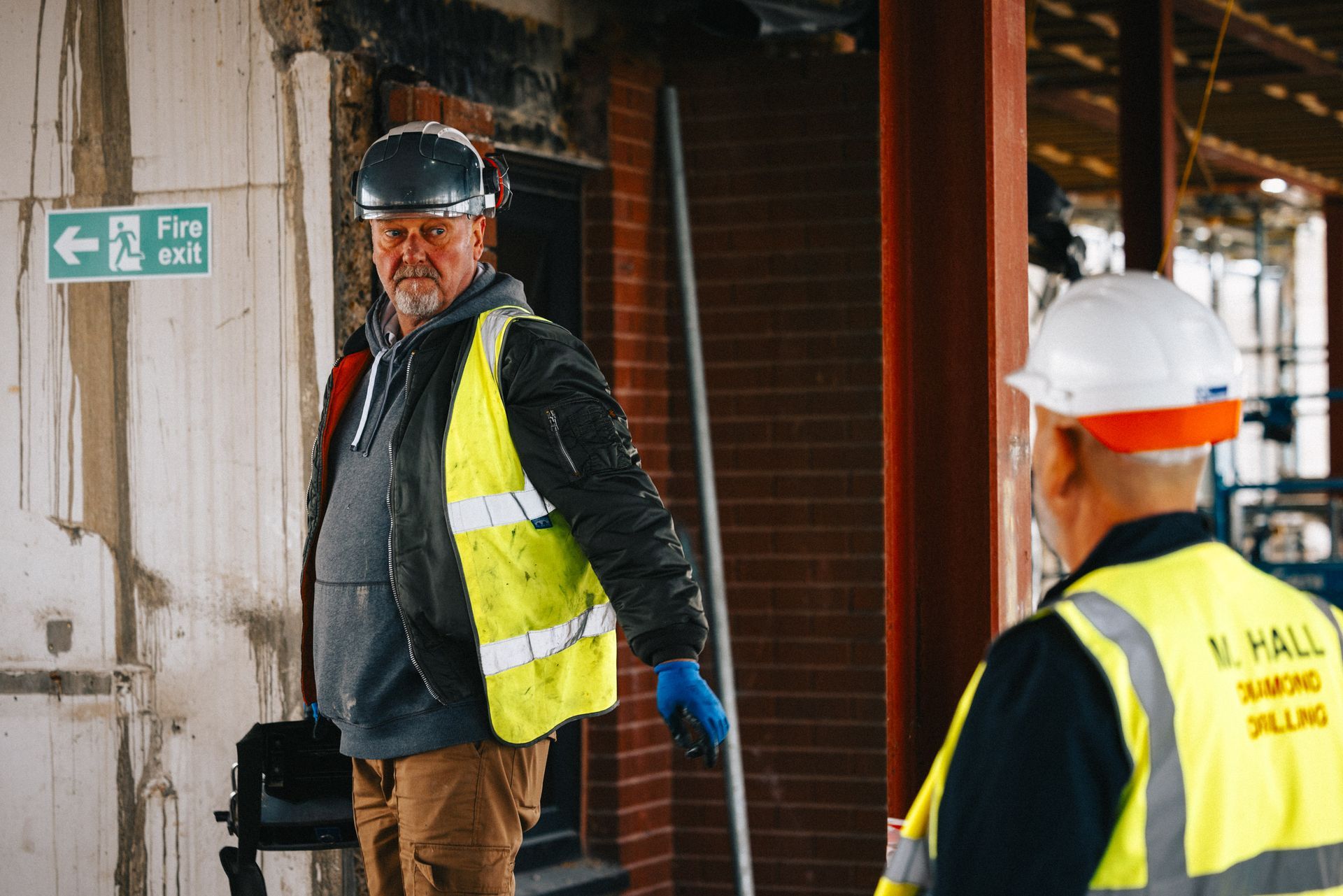Since its inception, diamond drilling has been a fundamental part of the mining industry and subterranean exploration in general. Without the vital information gathered from core samples, mines all over the world could not be explored or worked. On top of this, many of the world’s largest structures, such as buildings, bridges and dams, could not be safely positioned, either.
Diamond drilling has an interesting history, one that stretches back perhaps a little further than you’d think!
While diamond drilling (often referred to as core drilling) as we know it is a relatively modern practice, the use of diamonds in construction can be traced back to Ancient Egypt.
Evidence suggests that Egyptians used tubular drills with jeweled edges in order to cut through hard rock such as granite and quartz, helping them build incredible structures, such as the Pyramids.
The diamond drill as we know it was invented by Rudolphe Leschot, a French engineer. In order to design the drill, Leschot enlisted his father, George-August, a highly skilled toolmaker with a keen interest in Egyptian mechanisms, such as the bow-driven hollow rotary drill. Using George-August’s specialist knowledge, Leschot was able to design a drilling machine which utilised diamonds rather than steel for the cutting edge.
It could be argued that George-August was the true inventor of the first diamond drill – indeed, many do – but it’s certainly fair to say that both father and son were integral to the drill’s creation.
Once the pair had finished designing the drill, it was time to build one. Given that the Leschots were now swamped in work and still had other projects that they were committed to, they decided to hire an experienced mechanic, Charles Sechehaye, to build the device. The first diamond drill was built in Geneva, 1862.
Shortly after the first core drill had been constructed. Rudolphe Leschot set about patenting them in several European countries. Following this, in 1863, Leschot patented the device in the United States, and it was reissued in 1869. When and where the first machines were introduced in the US isn’t entirely clear, but there were certainly several in operation in various parts of the country by the end of the decade.
After patenting his diamond drill in several countries, Leschot decided that further development was required. Teaming up with Laroche-Tolay and Perret, Leschot completed the work and trialled the drill in several tunnelling projects, before displaying it at the Paris Exhibition in 1867.
In 1868, Frederick Edward Blackett Beaumont, an officer of the Royal Engineers dug a shaft at Croesor quarry using a steam-powered, wholly mechanical drilling rig which utilised diamond elements. He was inspired by the Leschot’s display at the Paris Exhibition a year before.
After two decades of development, testing and patenting, by 1880, diamond core drilling had become fairly common in many parts of the United States, and had become a standard piece of equipment for the exploration and development of mines. Work then began to further improve drill design and properly test the invention’s limitations.
Before the start of WW2, Branner Newsom, a Californian mining engineer created a core drill which dwarfed its predecessors. Suspended by giant steel cables, Newsom’s drill could take out huge-diameter cores up to 16 feet in length for mining shafts. Such drills are no longer used, however; modern technology allows standard drills to accomplish similar feets.
Today, diamond drilling is used all over the world for a wide variety of commercial and governmental reasons, thanks to numerous companies which offer the service globally. Unlike the drills which came before them, modern core drills are clean-precision cutting instruments which can be used for all manner of different tasks.
While diamond drills these days are primarily used on concrete, modern diamond drills can be used on glass, metal, stone and asphalt and cut holes up to a near limitless depth.










Get Your Free Quote Today
Ready to get started? Contact us for a free, no-obligation quote. Our friendly team is here to answer your questions and provide the solution that's right for you.
Contacts
Contact Us
Thank you for contacting M Hall Diamond Drilling.
We will get back to you as soon as possible.
Please try again later.
Prefer to email?
Email us today, and one of our helpful team will comeback to you.

